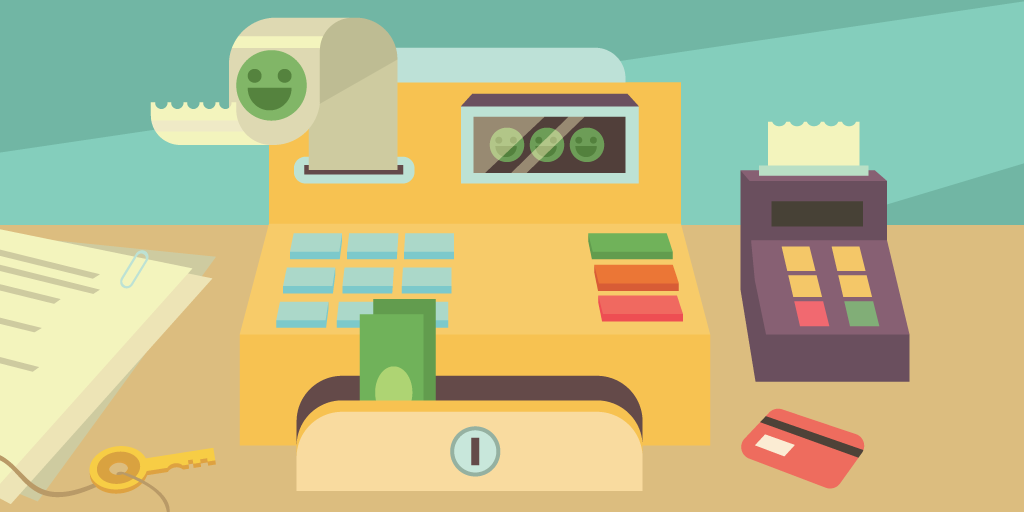For years, we’ve been talking almost exclusively about customer experience. And no wonder, as we’ve barely scratched the surface when it comes to customer service.
But perhaps companies need to look inward from time to time. There is an entire strata of people whose experience is being neglected in favor of someone else’s.
And these people are employees.
Today marks a departure from our usual conversations about CX and such. Instead, let’s talk about employee experience, for a change.
Satisfaction Isn’t Enough: A Word About Employee Experience

Let’s start by outlining how important employee experience is nowadays. According to Deloitte's 2017 Human Capital Trends, employee experience is deemed important to organization’s success by 80% of executives.
In the early 2000s, word of the day was "employee satisfaction", then the focus shifted to “employee engagement”. Right now, both of these are seen as but the vital components of the employee experience.
This leads us straight into an important question: What is employee experience?
Globoforce Workhuman Research Institute and IBM Smarter Workforce Institute define the employee experience as “a set of perceptions that employees have about their experiences at work in response to their interactions with the organization”.
Employee experience has less to do with HR, perks and branding and more to do with interactions. In a few words, employee experience (EX) is the sum of all interactions an employee has at their workplace, encompassing the structure and work culture.
Basically, EX stands on top of three pillars:
Work culture.
Physical environment.
Tools and technologies.
So if you want to create a worthwhile employee experience, you need to design a workplace where people will feel fulfilled. It’s not as easy as bringing in a foosball table and plates of snacks. As younger generations — millennials and Gen Z — mature, so do the definitions of what exactly an ideal workplace is.
Although both customer experience and employee experience have that coveted word “experience” in them, the approach to improving them is different. Trying to apply what you’ve learned about customer experience to your employees is an absurd proposition.
Instead, focus on what really matters to your staff.
Improving Employee Experience
Work Culture

Starting a new section with a questions may be a lazy form of writing, but we can’t help it. With that said: What is work culture?
Work culture does not describe only work environment; it also encompasses company values and behaviors shared by employees. Additionally, it includes the language used in communication between employees as well as daily work practices.
Up until quite recently, work culture was the only deciding factor in employee experience. Though it’s not the only aspect you should pay attention to, it hasn’t lost its importance: 94% of executives and 88% of employees believe workplace culture is important to business success.
That being said, what can be done to improve work culture?
First of all, you have to think in terms of cultural fitness when hiring new people. Will they gel well with other people? What new perspective can they bring? Do you see eye to eye when it comes to work ethic and company values?
Speaking of company values, they need to be communicated clearly to everyone else. If you’re one of those companies that talk incessantly about “making the world a better place”, you’ll have a hard time selling this to your staff.
Focus on what’s important. Throw away the buzzwords and think realistically: What are your company’s goals and beliefs?
There are more things to share other than company values, of course. As part of your team, employees have a right to share success as well as challenges. There’s nothing more important than recognition — and it doesn’t necessarily have to come from the top.
Peer recognition is just as important to employees’ wellbeing, perhaps even more so when it’s about building strong relationships between coworkers.
Lastly but more importantly, give and solicit feedback. Employees who don't get enough feedback, they don’t know how to improve and grow.
Thing is, annual or even semi-annual performance reviews don’t cut it. They need to be recurring, timely, consistent and impactful. This helps identify and eliminate issues before they have a chance to explode.
Rather than have an evaluation review at the end of the year and find out that an employee hasn’t been performing to their fullest, isn’t it better to talk things through right away so they wouldn’t waste this year, underperformed and underfulfilled?
The best managers out there are listeners as well as communicators. If you want to build a really great company culture and for your employees to enjoy coming to work, learn to be a listener.
Physical Environment

Physical environment is closely related to work culture. In fact, you may think of it as its integral part.
Physical environment includes everything from the arrangement of furniture, office layout and decorations to temperature, air quality and noise level. In short, it’s everything that impacts employees on either physiological or aesthetic level.
All of these factors directly influence productivity and wellbeing of your coworkers, especially desk workers who need to spend long hours surrounded by the same objects and people. This goes double for those who are kept isolated in their own cubicles. While solitude may help with concentration in the short term, isolation and lack of interaction are never good for the mental health.
Physical spaces need to be designed in such a way as to foster motivation and help with concentration. True creativity comes from surroundings, and that’s where you can help your staff by providing open workspaces with minimal physical barriers.
You need to find that middle ground between privacy and community.
More importantly, let your people have a say in how they want to arrange their workspace. Remember that point about regular feedback? Use it to gauge your staff’s satisfaction with their office space.
A worker who is happy with their environment doesn’t spend either time or mental effort on small frustrations that are easily preventable.
Technology

Customers aren’t the only ones who expect your company to integrate powerful technologies. The goal of providing technology to employees is simple: Make it easy for them to do their job.
This section, once again, feeds into the first point on our list — by making modern communication tools available, you create an easy way for your employees to connect and collaborate. This helps foster healthy work culture, as everyone is kept on the same page.
Advancements in digital technology have greatly changed the ways that people work, and there’s no end in sight. Technology continues to make these advancements at a rapid pace.
Just a few decades ago, technology only included telephones and computers. Now, it’s everything from software and apps to social media.
The State of the Connected Customer research found that 71% of employees want their workplace to provide the same level of technology as their home. It’s your responsibility as an employer to provide your coworkers with the state-of-the-art hardware and software to foster collaboration and productivity at your workplace.
There’s a delicate balance to uphold, though.
If used improperly, technology can negatively impact the employee experience. All it takes is one clunky, poorly designed program to crank up the frustration level.
Having to use slow, antiquated technology or juggle too many programs at one makes working strenuous and wastes valuable time that could otherwise be spent more efficiently. The main goal of workplace technology is to make your day easier.
Now, we’ve harped quite a bit about old-fashioned queue systems before — and not that there hasn’t been a good reason — but this seems like the right time to repeat our thesis statement.
No matter how trivial an issue may seem to you, there’s a technology out there that can help you solve it faster. A great queue management system, for example, not only helps your employees serve customers faster, it also gives them access to a wealth of important business information.
Without said information, they might as well be blind when making decisions. By providing them with this system, you are empowering them to rocket-boost your customer service. In turn, your employees start acting with more confidence and their satisfaction rises.
Once it comes to technology, welcoming progress is not just important, it’s the question of life and death. Without technologies backing your staff up, your business is bound to go belly up.
Moral of the story: Embrace technologies. Foster employees. Make their life easier.
What to Expect From Improved Employee Experience
Let’s say you’ve done all of the steps above. Congratulations, but now what? What sort of developments can you expect from achieving great employee experience.
Here’s some good news: Employee experience positively impacts the success of companies that decide to focus on it. The author of The Employee Experience Advantage, Jacob Morgan, found that those who invest in employee experience are included:
28 times as often among Fast Company’s Most Innovative Companies
11.5 times as often in Glassdoor’s Best Places to Work
2.1 times as often in Forbes’s list of the World’s Most Innovative Companies
4.4 times as often in LinkedIn’s list of North America’s Most In-Demand Employers
Twice as often in the American Customer Satisfaction Index.
And that’s to say nothing of increased average profit, revenue and productivity.
Long story short, customer experience isn’t the only thing your company should be concerned about. In fact, if from now on you will shift your focus to employees even slightly, you will see greater results in both productivity and staff happiness.
When you invest in your employees, they end up investing in you.






